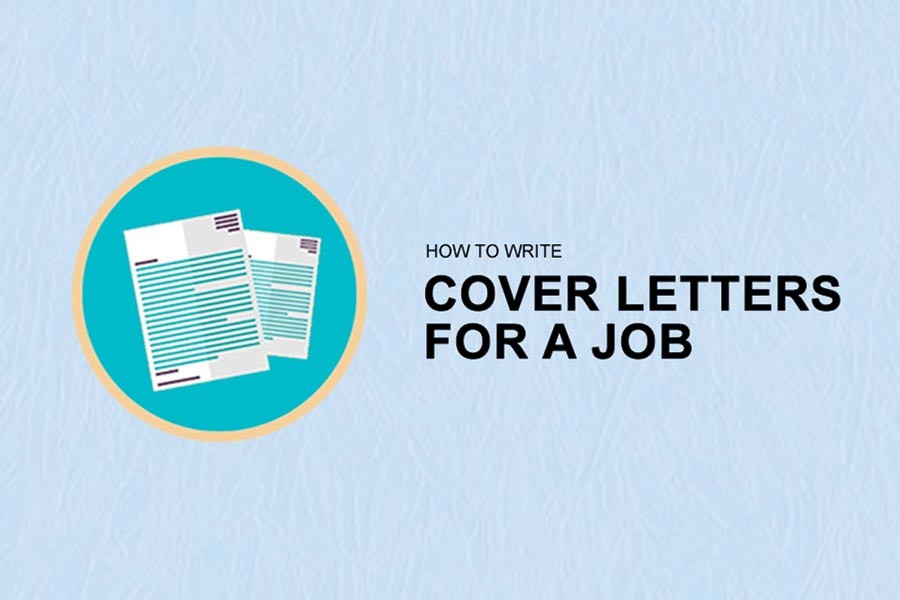Every year uncountable graduates send their Curriculum Vitaes (CVs) to companies hoping to get the attention of the employers ready to recruit. However, usually newly graduated students show little or no importance to a critical factor, which will make their CV more prominent. That key factor is none other than a 'cover letter'. So what exactly is this underexposed 'Cover letter'?
A cover letter is different from a CV
A cover letter is a document job candidates send with their CVs (traditionally as the ‘front cover’). However, it differs from a CV. Rather than being a written overview of applicant's skills and experiences, it is written explicitly with the job they are applying for in mind - allowing them to highlight specific areas they think would make them right for the role.
When writing a cover letter, it must be kept in mind that the letter should be precise and no longer than half a page (A4 Size). A cover letter may include:
* Your details (e.g. name, address, phone number)
* The hiring manager's name (if you have it)
* Where the candidate found the vacancy
* Why the candidates are suitable for the job
* What they can do for the company
* Closing statements (including thanking the recruiter for their time)
A proper cover letter has many advantages
There are many benefits of writing a cover letter, and they surely are rewardable. Not many applicants do the extra work to write a cover letter, and this should incentivise you to write one. Their additional effort will surely catch the recruiter's eye. Sometimes applicant's personality is more vital than qualifications, and a cover letter lets their recruiter know them more personally than just their CV. Two candidates of the same qualifications applying for the same job, one submitted CV with a cover letter, the other did not. The prior is more likely to be recruited since the absence of a cover letter in the latter's CV might give the recruiters hints of his or her being lazy, so, a cover letter also shows that someone is more serious about the opportunity.
Recruiters often want their employees to be able to communicate with their writings, and there is no better place than a cover letter to highlight their writing skills since CVs have strict formulas.
The cover letter can also help end the waiting game that starts after the CV is submitted, one can complete the cover letter with a date on which one will reach out to the recruiters. This will help one control the follow-up process. In short, a candidate will not only be handing over a map to the recruiters, he or she will be handing over something specific and helpful for the recruiters.
The cover letter does not have any definite format
There is no fixed format for a cover letter; however, the layout a candidate uses will tell a lot about their approach, attention to detail and effort put to write it. Therefore, it should not be underestimated. However, there are some rules like checking spelling and grammar, keeping it clear, using facts or figures for statements that require it, keeping paragraphs short and last but not the least using templates.
It is necessary to avoid errors while writing the cover letter
While drawing a cover letter, applicants often make some common errors, which are:
* Writing too much resulting in the presence of irrelevant content
* Being too confident or too humble and lying
* Not tailoring the application for the desired role
* Addressing to the wrong person or forgetting to replace job title/company name
It is imperative to show applicant's research on the company; this does not mean they will provide all pieces of information and all the problems the company is facing but points which interest them and make the employers believe that the applicant is ready to tackle them.
The writer has recently completed his BBA from the Institute of Business Administration (IBA), University of Dhaka.
He can be reached at


